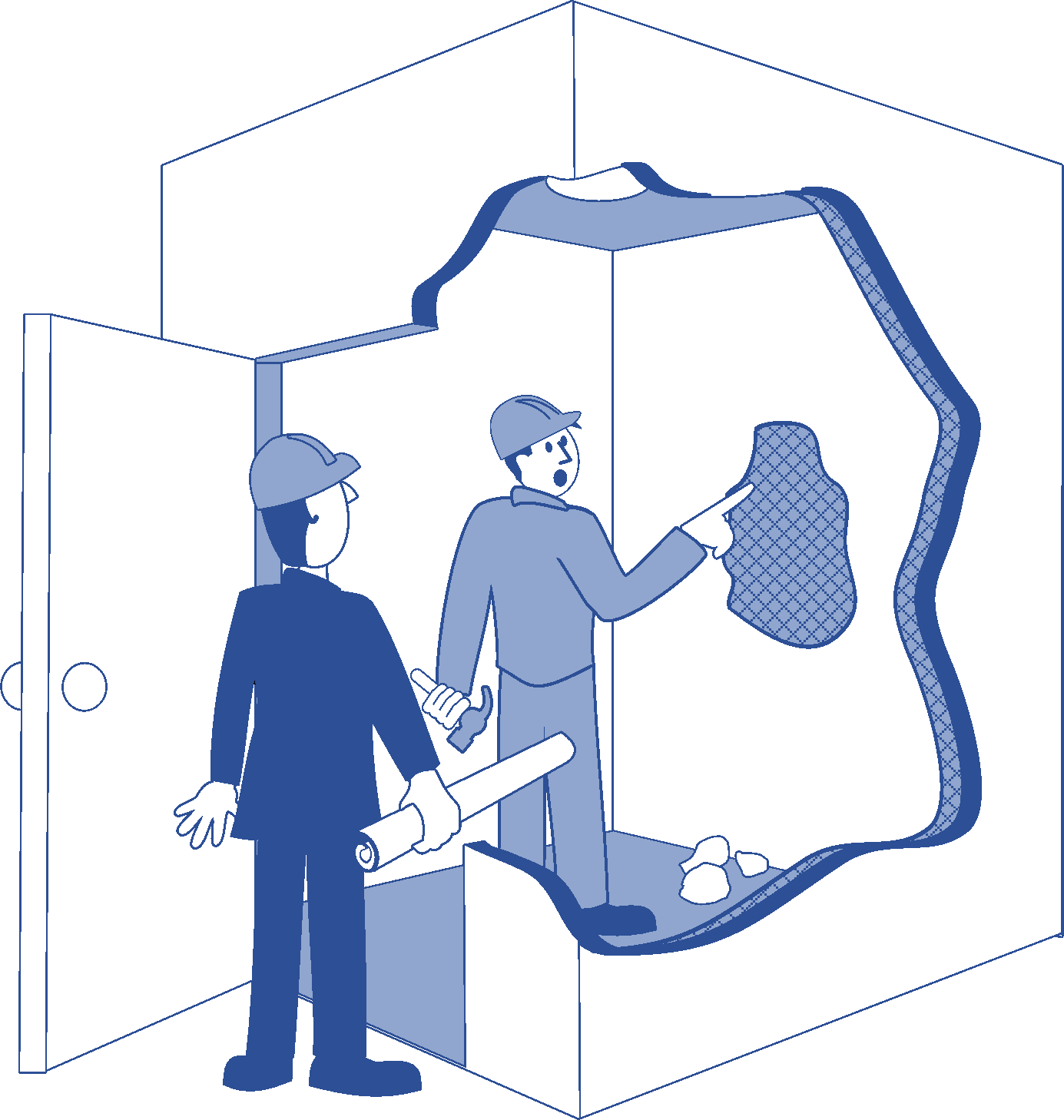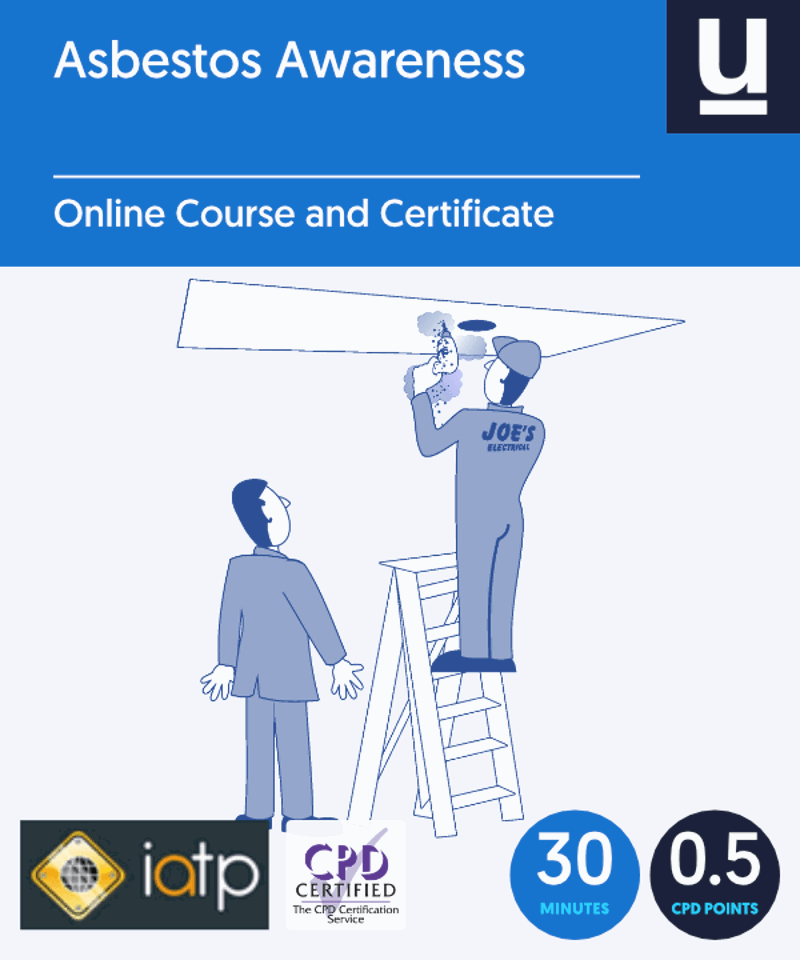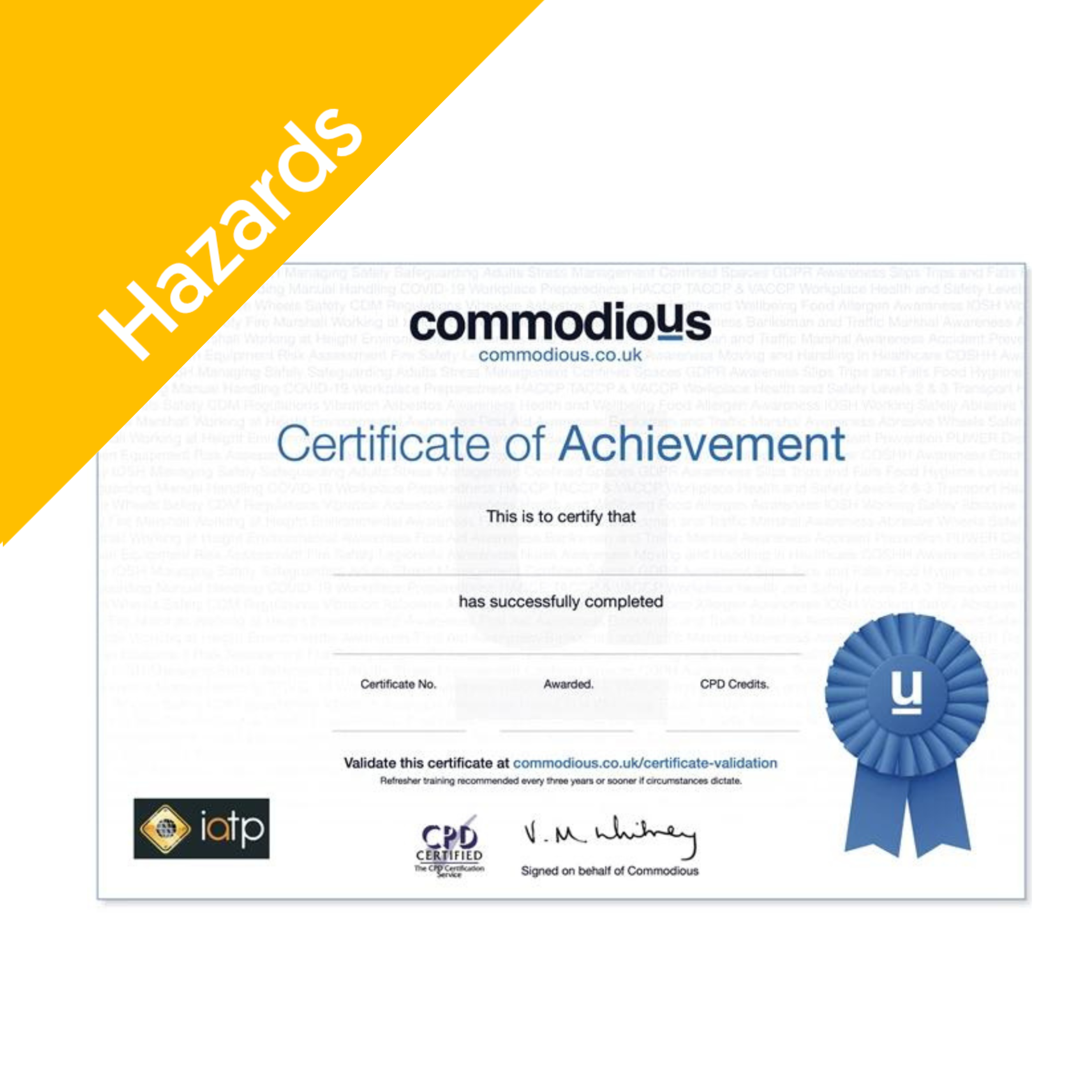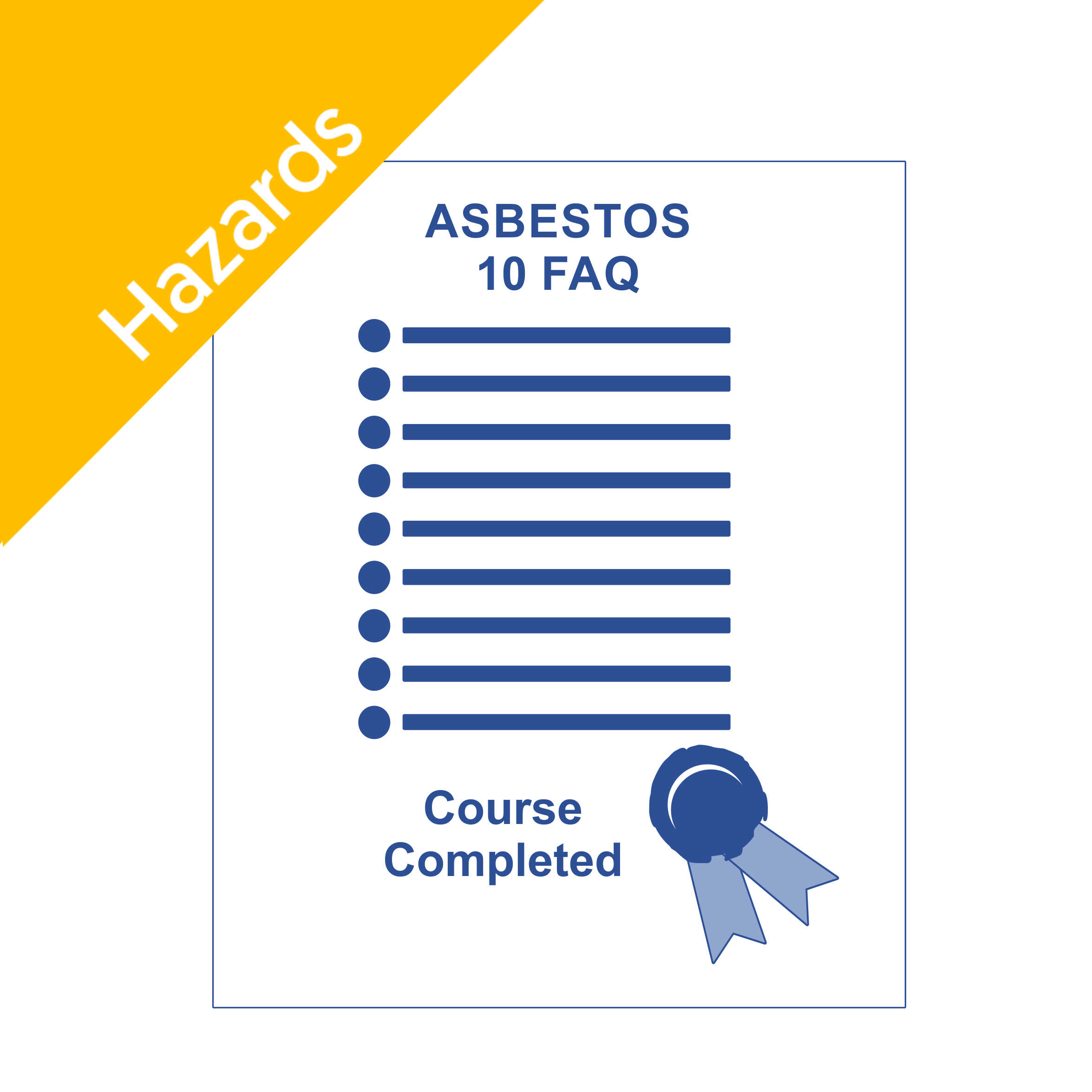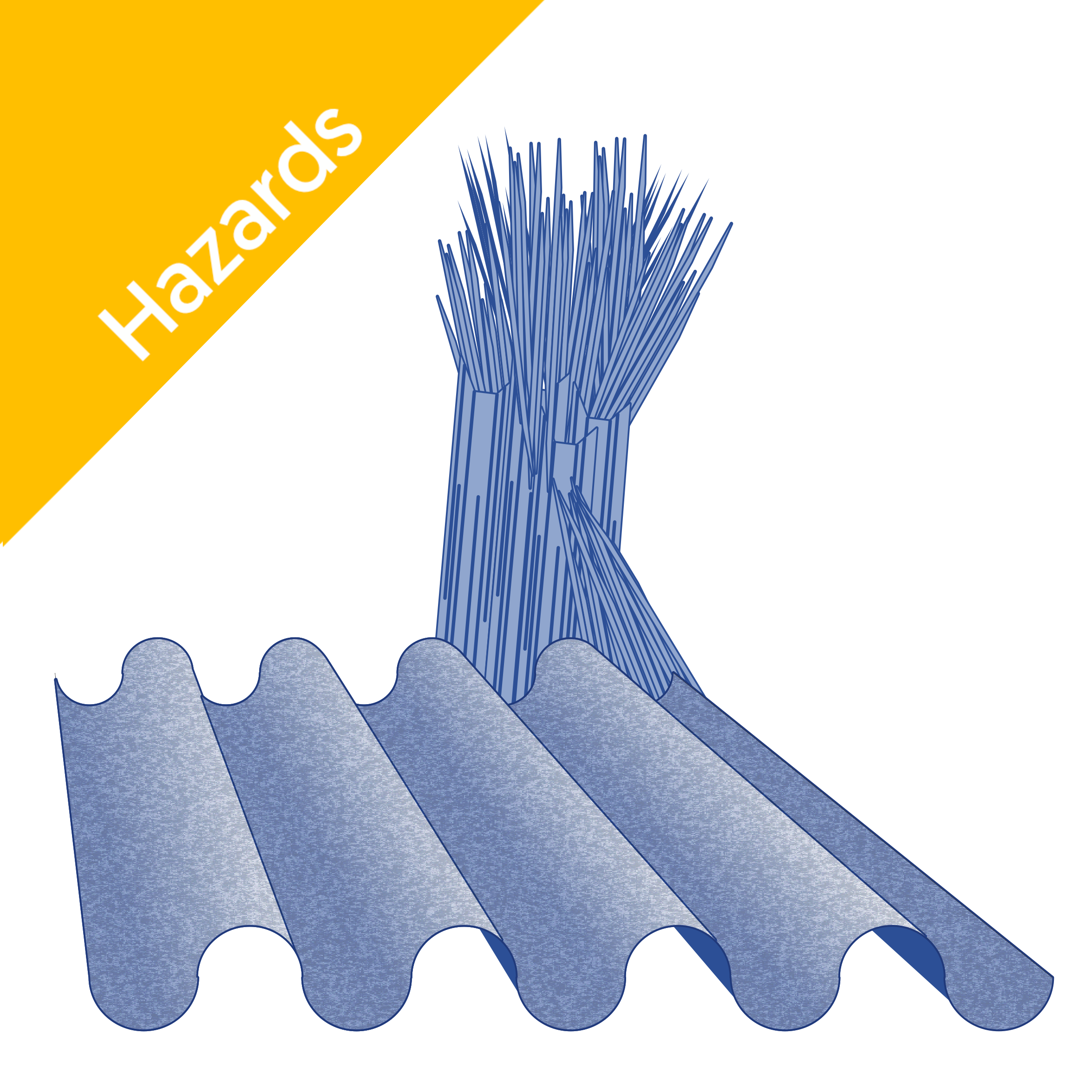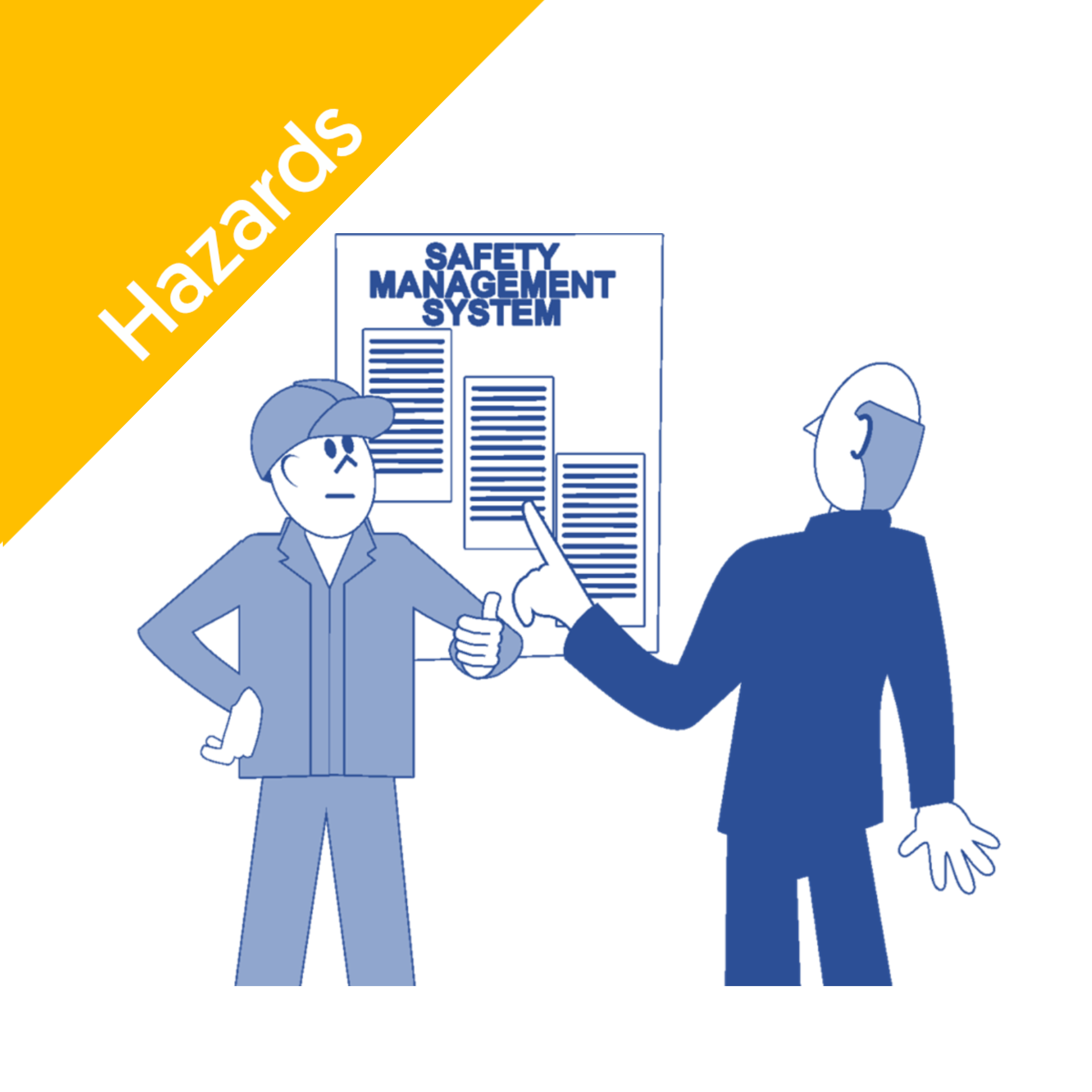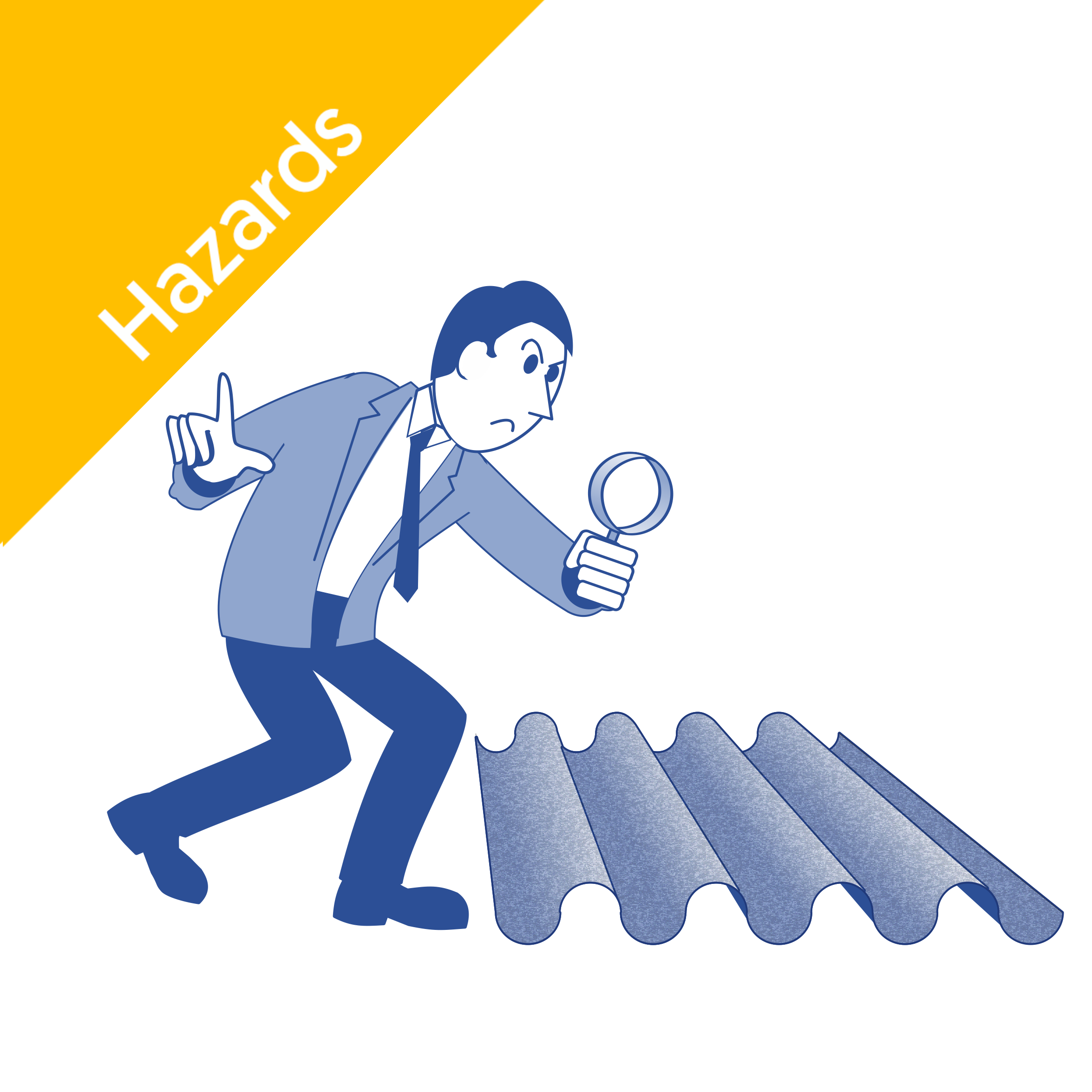What is an Asbestos Risk Assessment
An asbestos risk assessment involves investigating possible risks to health and determining what safeguards are required to do the task safely. The risk assessment should be completed by a knowledgeable and trained individual aware of the risks involved with asbestos and what measures will make the working environment safe.
Read 'Top 9 questions on asbestos, answered' to find more information on the dangers of exposure to asbestos and cancer risk.
To identify appropriate safety measures, a risk assessment must be thorough and carried out in advance to allow enough time to implement necessary safety measures.
Who Can Complete an Asbestos Risk Assessment?
A risk assessment can be carried out by anyone if they are a competent person with knowledge of the Control of Asbestos Regulations 2012 and their requirements. It could be an employer, a specialist, or any person involved with the premises who has received relevant training.
If you plan on learning more about asbestos, consider taking our Asbestos Awareness course. It contains information on all the relevant legislation and regulations and guidance on what to do upon finding asbestos at work.
The Five Steps of an Asbestos Risk Assessment
There are five essential steps to an asbestos risk assessment:
- Identify the health risks.
- Identify who may be at risk.
- Establish the safety measures required.
- Record the assessment and inform employees of its findings.
- Review the assessment regularly.
Step 1 - Identify the Health Risks
One of the first things an assessor should do is visually inspect the site to identify areas where asbestos is present.
They should also review the building's documentation. Ideally, this documentation will include an asbestos survey and a follow-up report detailing the type of asbestos-containing materials present, their condition and how likely they will be disturbed.
Then outline in detail the risks present in the workplace, including:
- The health risks of working with asbestos-containing materials.
- The risks posed by any equipment used to handle asbestos.
- The risks posed by common workplace hazards and risks, such as working at height and manual handling tasks.
Step 2 - Identity Who May be at Risk
The next step of completing an asbestos risk assessment involves identifying who may be at risk.
Those who work directly or close to ACMs will be more likely to experience harm than those who do not. As a result, an assessor must evaluate the expected level of exposure and risks associated with each building area.
Also, it may be the case that a work activity puts members of the public at risk too. If so, the asbestos risk assessment must identify this and list any necessary safety measures to protect them.
Consider taking our online Risk Assessment training course for more information on conducting a risk assessment.

